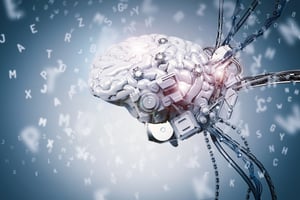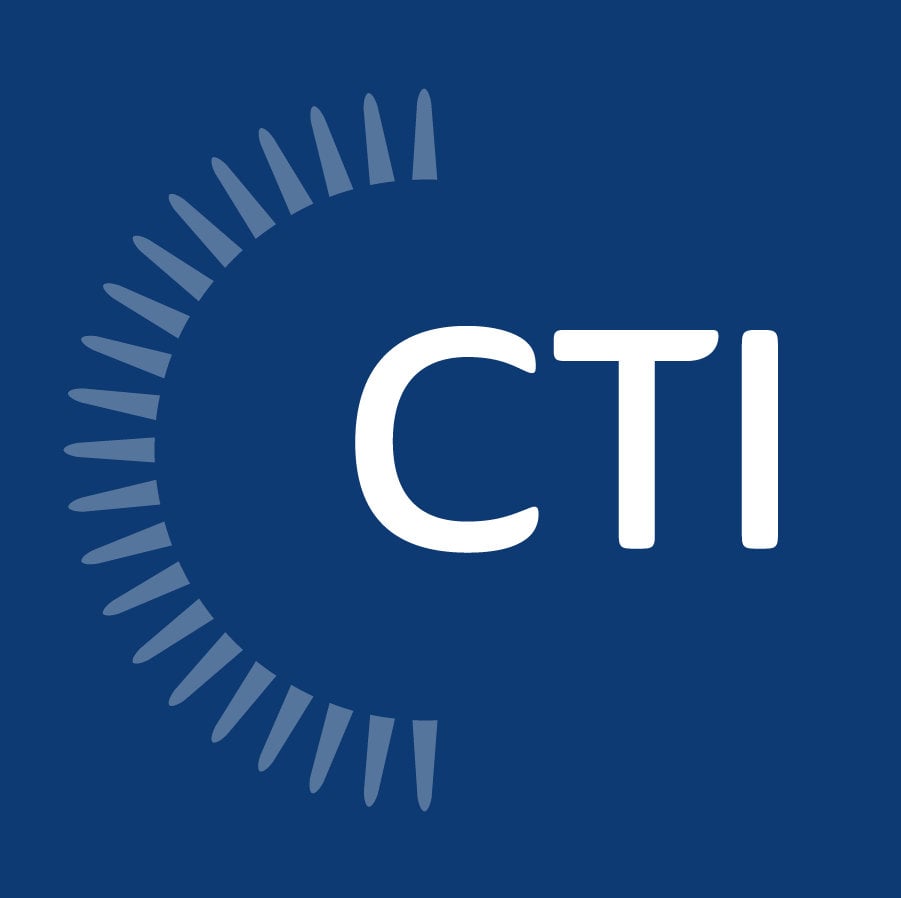
Smart inhalers. Artificial irises. Heart failure sensor implants and wireless brain sensors. Surgery robotics, artificial organs, papyrus covered coronary stints – this is just a sampling of the most recent and advanced medical devices in use or soon to be.
These and other medical devices possess the power to detect distress, monitor conditions, and improve patients’ lives and ability to manage their health. They allow doctors and caregivers to diagnose and address ailments with greater accuracy and speed. Never before has technology been so grafted to healthcare.
But not all is smooth on the road to wellness. This heavy tech-based arena manifests challenges whose solutions inflict costs. And these expenditures, in turn, feed on a business’ revenue. Let’s take a look at the battles the medical device industry faces and explore a potential aid to buffer the costs.
Medical Device Industry Ailments:
- Cybersecurity
This is a big one. A vast array of medical devices have gone wireless: pacemakers, heart monitors, EKG/ECGs, glucose meters, vital sign recorders, etc. They transfer patient data in real-time directly from the patient to hospital staff, doctors, or the patient’s mobile device.
And as with any other device connected to the internet – laptop, tablet, smartphone – they’re vulnerable to hacking.
An alarming statistic highlights just how much further medical device developers need to step up their efforts for better cybersecurity in their products: 98% of manufacturers of WiFi-connected instruments admitted that their products’ security could be improved to some – or even great – extent. 1
To compound the concern, John Kuhn, IBM’s Security Senior Threat Researcher, revealed that each device at a healthcare facility added to their network is “another potential point of attack,” and hospitals often don’t have control over or visibility into the “huge swarm” of mobile devices connected to their networks.2
Learn More: The Secret to Maximizing Your R&D Tax Credit Potential |
- Connectivity
An interruption in a device’s internet connection could instigate serious, if not fatal ramifications. And with more and more medical appliances on WiFi, the more opportunity for a network to become overloaded, causing hiccups in vital data transference.
Hardware and software engineers must work collaboratively to establish safeguards to avoid such hazards.
- Human Factors
Device innovators are beginning to examine human factors for product development. Human factors consider how people interact with technology and devices. Military, aviation, and surface transportation sectors already use this approach in the design lifecycle.
The healthcare industry is looking at improved patient safety and enhanced user adaptability and experience. Because many new medical devices are now used by the patient, targeted consideration for ease and operability beyond trained medical staff is crucial.
- Time-to-Market
The speed with which a business can get its product to market is critical to market share and budget. Delays anywhere in the product development or supply chain can inflict loss of market share and increased expenses.
But unlike most other industries, the medical sector must navigate strict and fluctuating regulatory factors, changes in product requirements, and patient safety concerns – in addition to standard road bumps, such as resource shortages, manufacturing delays, poor product life-cycle management.
Good for What Ails
Of course, addressing these challenges incurs cost. And research and development (R&D) tax credits offer a clean vein to extra cash flow for device designers and manufacturers.
This tax incentive rewards innovation with a dollar-for-dollar reduction in a company’s federal income tax liability when it develops new or improved products, processes, techniques, or software.
The activities connected to discovering remedies for medical device industry challenges are wired with potential to qualify for the tax credit.
And with induction of the PATH Act in December of 2015, small businesses and startups can capture R&D credits and apply all or part of them towards their payroll tax, instead of their income tax liability, which may be non-existent during lean early years. The maximum benefit stands at $250,000.
The money recovered can then facilitate further research or any other imminent expense.
Medical device developers that want to probe further into R&D tax credits should consult a professional tax specialist for the most accurate and lucrative results.
- Healthcare IoT requires stronger security strategies against cyberattacks, says Irdeto Research, IoTnews, 2019
- How Evolving Healthcare Cybersecurity Threats Affect Providers, Health IT Security, 2019



